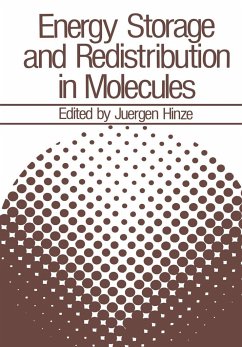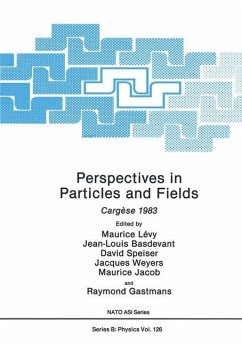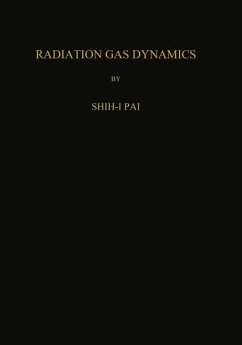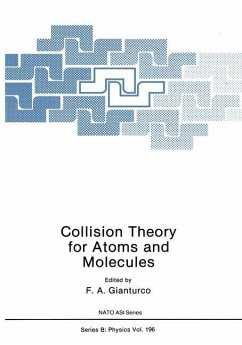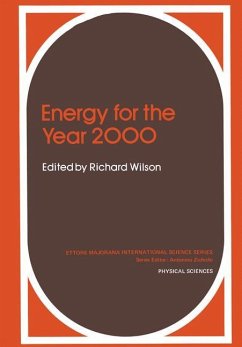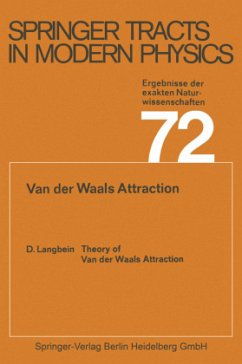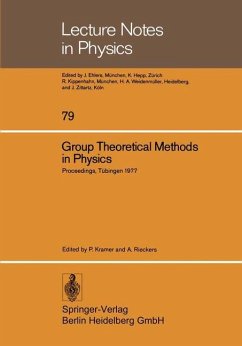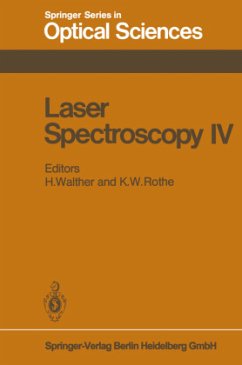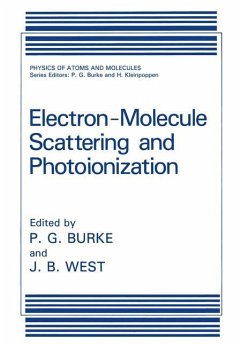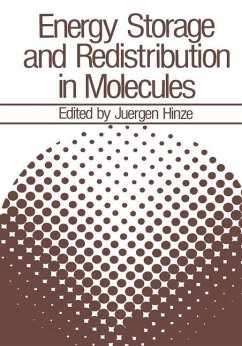
Energy Storage and Redistribution in Molecules

PAYBACK Punkte
20 °P sammeln!
We characterize an isolated molecule by its compos~t~on, i.e. the number and types of atoms forming the molecule, its structure, i.e. the geometrical arrangement of the composite atoms with respect to each other, and its possible, i.e. quantum mechanically allowed, stationary energy states. Conceptually we separate the latter, being aware that this is an approximation, into electronic, vibrational and rotational states, including fine and hyperfine structure splittings. To be sure, there is an intimate relation between molecular structure and molecular energy states, in fact it is this relatio...
We characterize an isolated molecule by its compos~t~on, i.e. the number and types of atoms forming the molecule, its structure, i.e. the geometrical arrangement of the composite atoms with respect to each other, and its possible, i.e. quantum mechanically allowed, stationary energy states. Conceptually we separate the latter, being aware that this is an approximation, into electronic, vibrational and rotational states, including fine and hyperfine structure splittings. To be sure, there is an intimate relation between molecular structure and molecular energy states, in fact it is this relation we use, when we obtain structural information through spectroscopy, where we determine transitions between various stationary states of the molecule. The concepts above have proven extremely useful in chemistry and spectroscopy, however, the awareness of the limitations of these concepts has grown in recent years with the increasing recognition of (i) fluctional molecules, (ii) multiphotonabsorption processes and (iii) influences due to the surroundings on "isolated" molecules.





